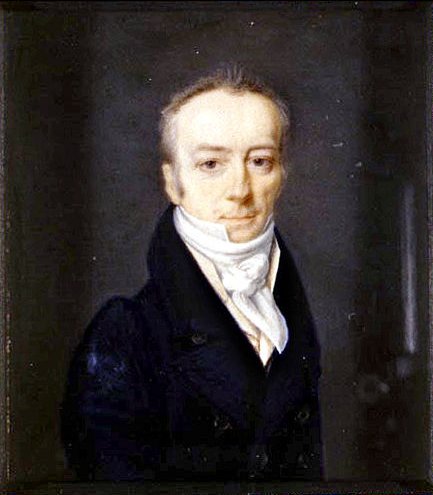It happened today - August 10, 2015
 On August 10 the Smithsonian Institution was authorized. What a characteristically American institution.
On August 10 the Smithsonian Institution was authorized. What a characteristically American institution.
Oddly, it had its origins in the eccentric bequest of an English scientist named James Smithson who has a type of zinc carbonate named after him and who died in Italy in 1829 without ever visiting the United States. Should his only nephew die without heirs, Smithson’s will specified, his entire estate would be given to “the United States of America, to found at Washington, under the name of the Smithsonian Institution, an Establishment for the increase and diffusion of knowledge.”
His nephew died in precisely that fashion six years later, and with Congress’s blessing president Andrew Jackson sent a diplomat to England to collect 11 boxes full of Smithson’s money, minerals, books, notes and personal effects. His gold alone was worth over half a million dollars back when that was money (as was gold). And after puzzling over how exactly to fulfill Smithson’s inspiring but vague bequest, Congress passed an act establishing the Smithsonian Institution and on August 10 of 1846 President James K. Polk signed it into law.
The Smithsonian is now exactly the sort of sprawling, vital entity Canada doesn’t specialize in. It comprises 19 museums and galleries, nine research facilities and the national zoo. It boasts of being “the world’s largest museum and research complex”. Those components on the Washington Mall are must-visit sites for visitors to the American capital. (Smithson himself is buried there, by the way.) And while it depends on the federal government for 60% of its more than $1 billion budget, partly appropriations and partly contracts, it energetically pursues both donations and revenue from its shops, restaurants and other operations.
Where, I ask you, is anything remotely comparable in Canada’s capital?
So no offense to Smithson’s nephew. But he did the world a favour by not ending up having a family.